So, you have a wet palette. Now what? Do you know how to get the most out of your favorite wet palette? A wet palette is a painting accessory that keeps your acrylic paint moist for longer periods of time. This allows you to take your time mixing, blending, and applying acrylic paint to your miniatures and models. For the hobby miniature painter, a wet palette saves paint and extends the utility of acrylic paint.
Here, I show you 7 tips and techniques for how to get the most out of your wet palette for painting miniatures. I also share my thoughts on some of the best techniques to use with your wet palette.
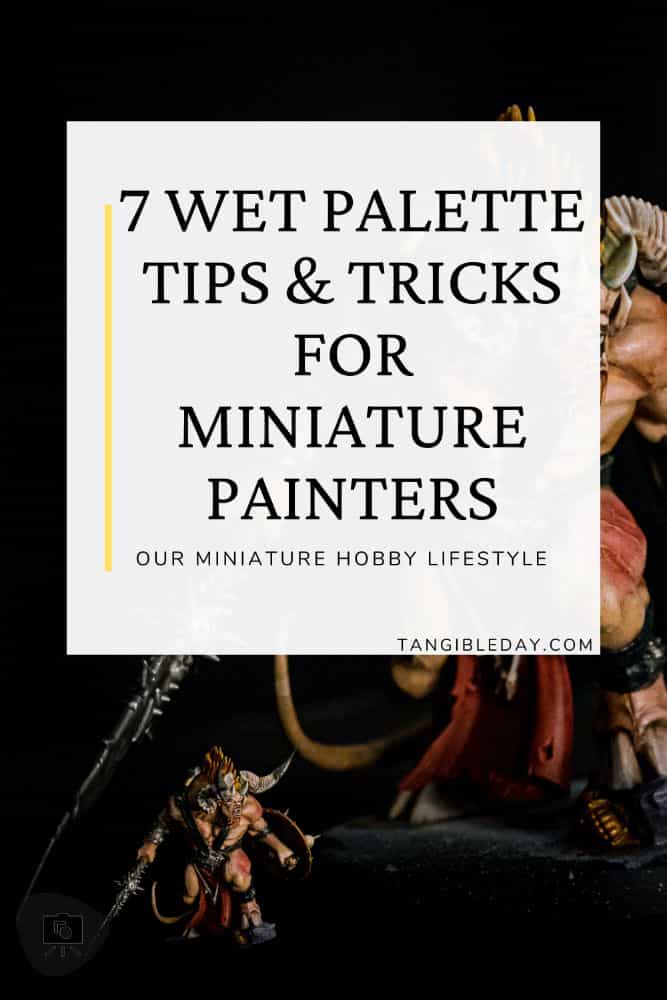
RELATED: BEST WET PALETTES FOR MINIATURE ACRYLIC PAINTING
I’ve painted scale models, e.g., historical, model railroad, gunpla, and tabletop gaming miniatures, e.g., DnD, Warhammer, for many years. Until I discovered the wet palette, there were some advanced acrylic painting techniques that eluded me.
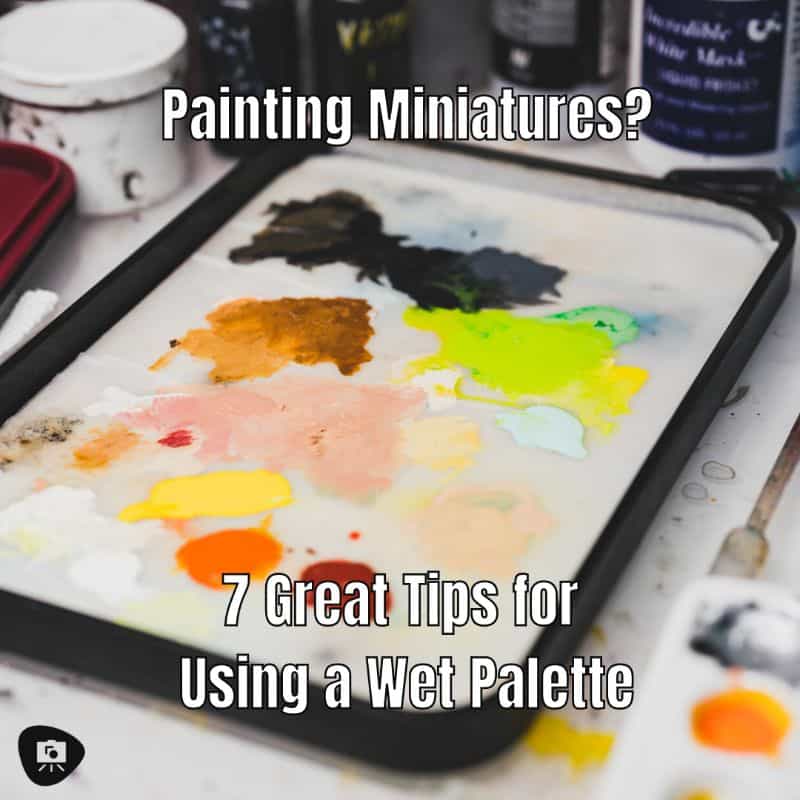
Best Ways to Use Your Wet Palette (7 Tips)
1. Fill your wet palette with the right amount of water
Fill your sponge with enough water to heavily dampen it with moisture. But avoid over-saturating the sponge layer and allowing excess water to pool. This can lead to the wet palette paper absorbing too much water and cause your paint to run. Related to this, if you use the right amount of water, your paper palette should not wrinkle.
To further avoid wrinkling and bubbles under your paper palette, make sure the paper is saturated water. You can remove excess water on the top of the palette sheet (before placing paint on it) by gently wiping it down with a clean paper towel.
2. Don’t add too much paint to the palette
Add a tiny bit of paint at a time to your wet palette at a time and spread out your colors. You’ll find that your paints thin on a wet palette automatically. This will make your paint spread out on the palette and may mix with other colors when you don’t want them to. Only add enough paint for each part of your project. You can always add more paint.
I like using no more than a US quarter coin-sized deposit of paint color at a time. This gives me enough paint to work with for my painting project, while controlling how it behaves on the wet palette.
3. Cover your wet palette often
Always cover your wet palette when you’re done painting to prepare for the next painting session. Use the lid even if you’re only taking a short 5-10 minute break. This will prevent the paint from drying out and keep your palette clean from dust and dirt. Covering your wet palette will also reduce the risk for mold growth, a common issue with using wet palettes in humid, warm environments.
4. Replace worn palette paper
Most painters replace their palette paper on regular basis to avoid getting torn or ripped paper fibers from contaminating their paint. The included paper in most wet palettes is durable, but should be changed before it degrades. Even if you find a part of your palette paper is worn down, you should replace it. Paper fibers tend to float around and will get into areas of your palette that may seem clean.
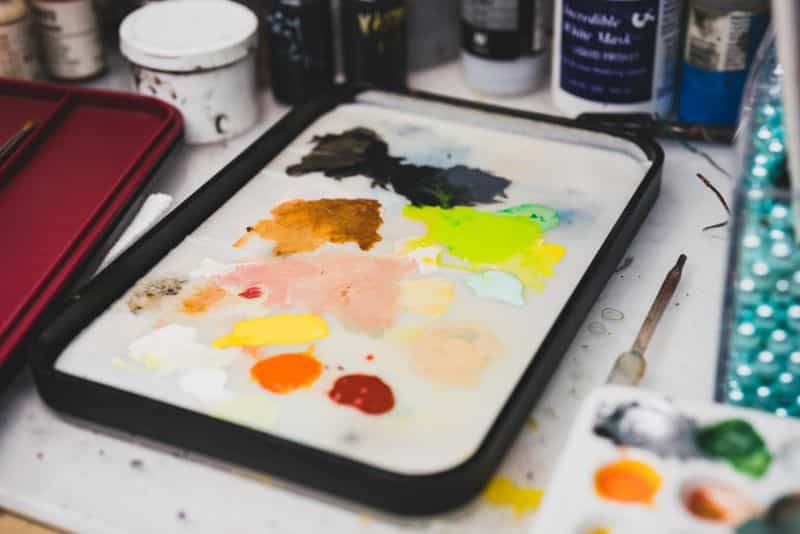
5. Store brushes outside of your wet palette
Some wet palettes have storage compartments for brushes and tools. But this can be problematic. Store brushes outside your wet palette when it still has water in it. Moisture from the palette can warp wooden handles and break apart glues holding bristles in place. Only store your hobby tools and brushes in a dry place, or in your wet palette when it is not in-use and dry.

6. Practice, practice, practice with your wet palette
Painting minis with a wet palette is fun and easy with practice. For some miniature painters, they find they can also paint miniatures faster with a wet palette. But, even the best wet palettes won’t improve your mini painting skill unless you use the palette often and get the experience you need.
7. Partner your wet palette with a dry palette
Even if you are using a wet palette, consider having a dry palette nearby for using inks and washes. Inks and washes are very thin mediums and may not be easy to use on a wet palette. If you’re airbrushing, it may also be easier to mix and thin paints in a dry palette first before transferring to your airbrush paint cup.
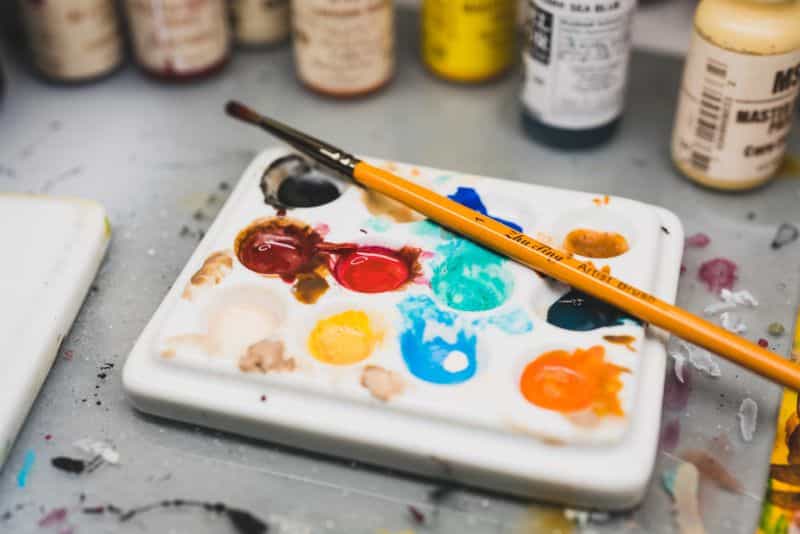
Wet palettes Helps you with Acrylic glazing, Layering, and color Scheme planning
Of all the miniature painting techniques I’ve learned over the years, the wet palette is best used for acrylic glazing applications. The best wet palette will allow you to thin paints with water to a translucent color with ease. A translucent acrylic paint works as a glaze, which you can use to blend layers of color on your miniature.
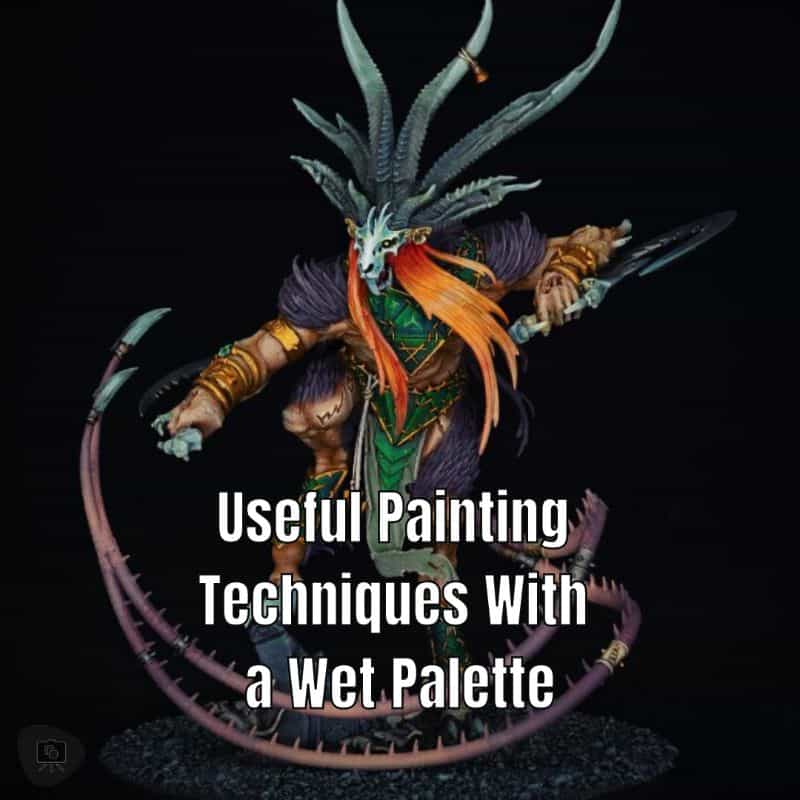
You can use a dry palette with glazing art medium to produce the same effect. But, in most cases, a wet palette can be faster and more efficient for glazing miniatures because you don’t need to worry about mixing ratios, etc. Using good paper on your palette, a well-soaked sponge (not too much) and a bit of practice will make glazing the best painting method to use with your wet palette.
Another useful application of a wet palette is to premix all your colors for your miniature painting project. If you like using layering to change tonal value on your model, e.g., increase contrast through shade or highlight, then a wet palette can help you visualize through an open layout your entire paint scheme. The only thing you need to be concerned about is having enough working space your palette.
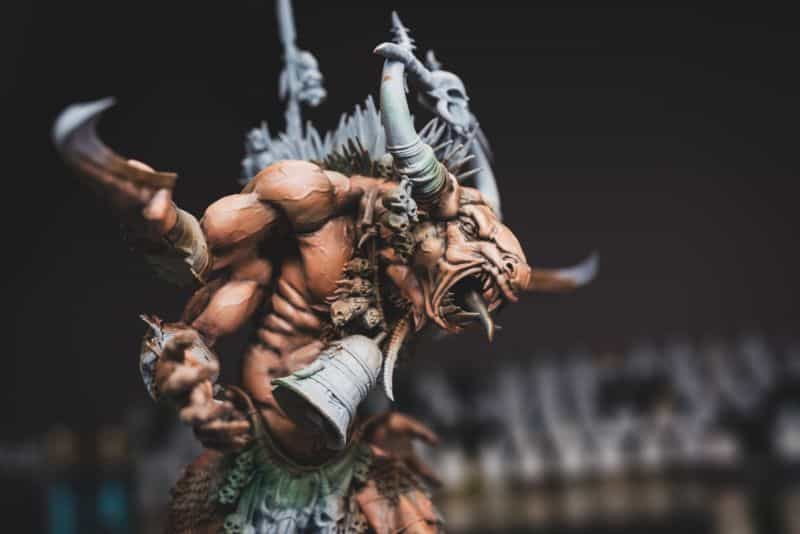
A large studio wet palette would be great for this kind of miniature painting workflow where you want to spread out a lot of different colors and mixtures. Of course, this palette may take up too much space on your hobby desk…so there’s that.
In summary, a wet palette is best used for 1) layering and 2) glazing techniques to help you blend paint on a miniature. A wet palette is also useful for 3) laying out your color scheme before applying it to a model. When you have your colors on the palette, it is easy to see to where specific color tones, values, and hues should go. You’ll find yourself exploring color when they are visible outside of the paint bottle or pot.
A wet palette can help you with glazing, layering, and color theory.
Overall, a wet palette is a versatile tool. You can use it with the same techniques as you would with a dry palette but with the added benefit of having acrylic paint that doesn’t dry out.
Basic Method for Using a wet palette
A wet palette is a great way to keep your paints from drying out. Here are a few tips on how to use one:
- Soak the sponge in water and wring it out until it’s just damp. Place the sponge in the bottom of the palette.
- Add a layer of paint to the top of the sponge.
- Use a brush to mix the paint on the top of the sponge with the paint at the bottom of the palette.
- Paint with the mixed paint on the top of the sponge.
- When you’re done painting, replace the lid on the palette
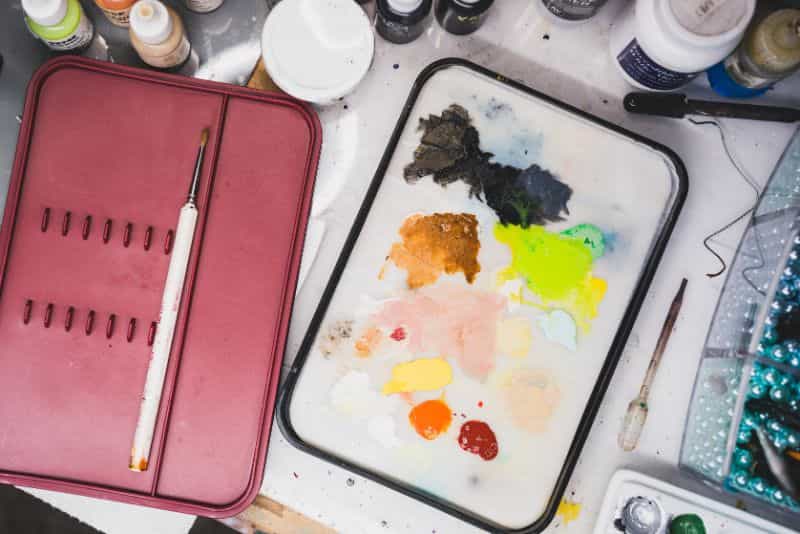
Conclusion
The wet palette is a great tool for miniature painters. You can use it to premix your paint colors, blend layers of color with ease and even mix inks or washes quickly.
If you’re looking for the best way to get started painting miniatures on a wet palette, start by using good paper (most often found in most commercially available wet palettes), an adequately soaked sponge and getting plenty of practice!
I hope you found this article helpful. If you’re looking for more information about wet palettes, check out this article that reviews some of our favorite wet palettes for miniature painting.
Thank you for reading! If you have any comments or additional tips you found helpful when using a wet palette, let me know with a comment below.
Until next time, happy miniature painting!
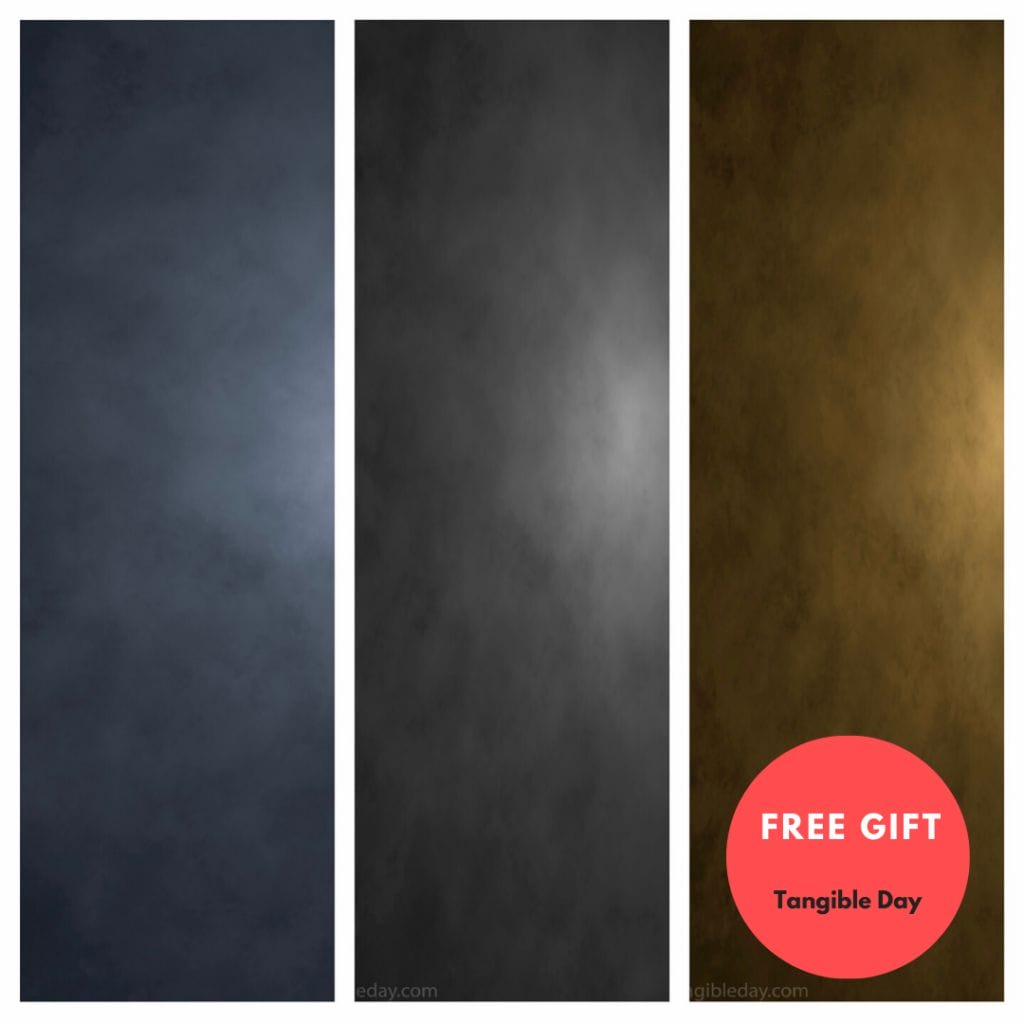
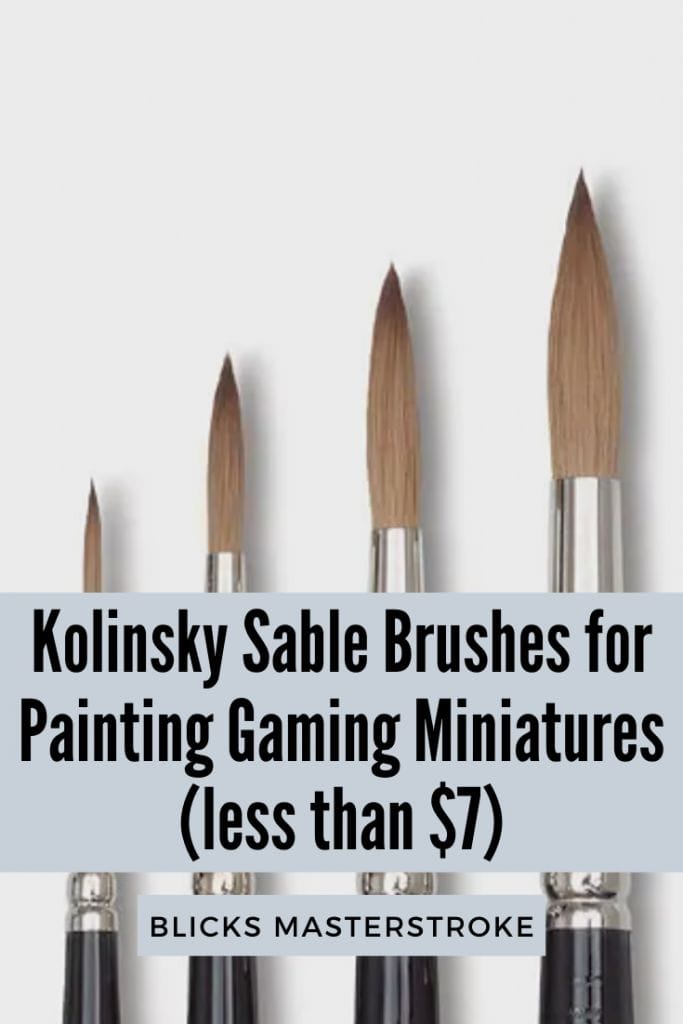
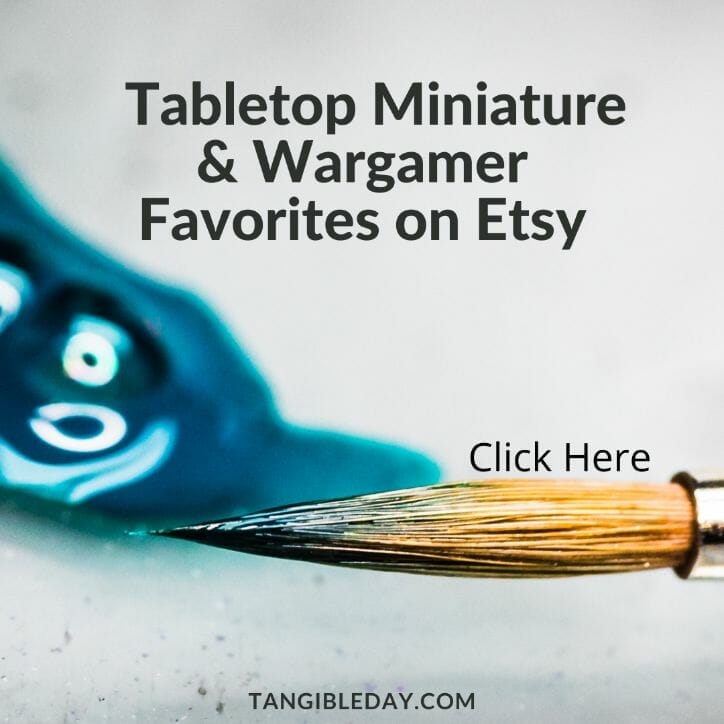
Tangible Day on YouTube (Miniatures and More!)


Pingback: 7 Wet Palette Tips and Tricks for Miniature Painters - Toy Newz